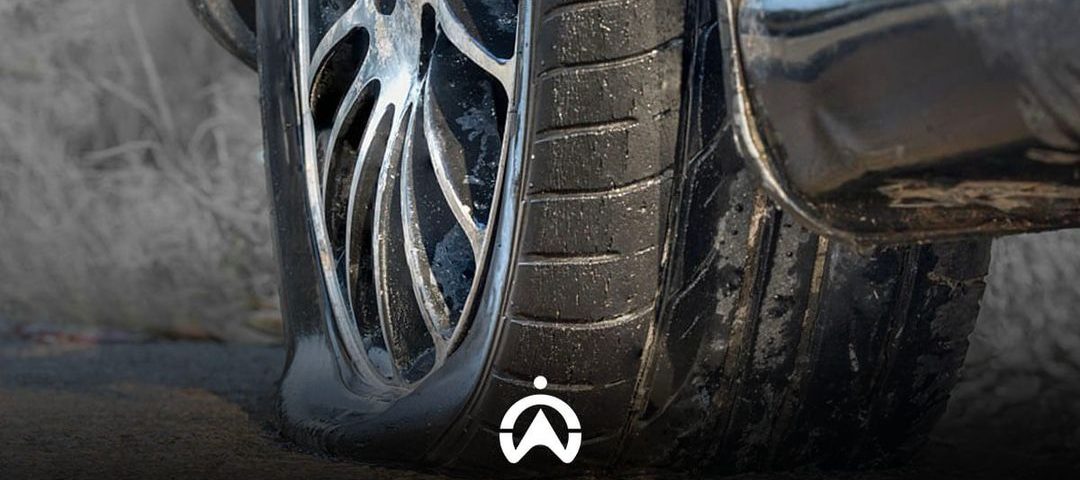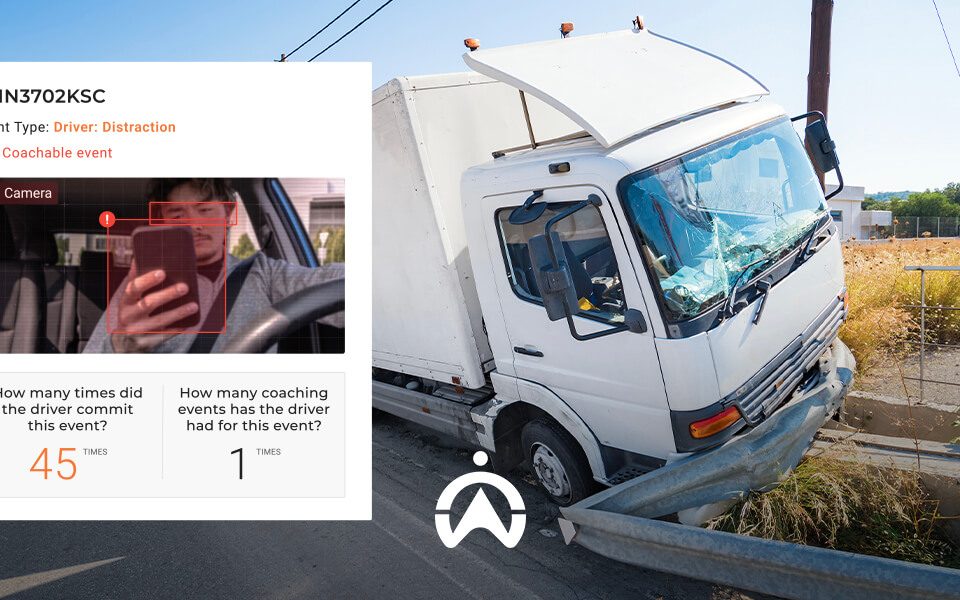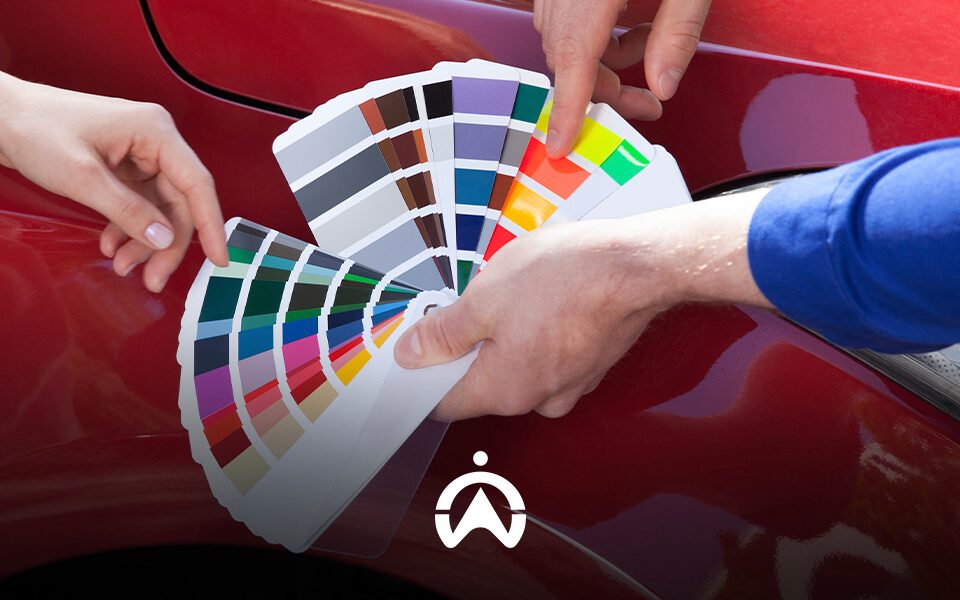Road Spiking: Sudden Huge Increase and How to Protect Yourself and Your Vehicle
Watch out! The number of vehicles falling victim to spikes on the road has been increasing. Criminals are constantly developing new ways of setting traps for motorists, and as they’re developing their techniques, we need to wise up to stay safe.
Here’s a closer look into this new trend and some tips on protecting yourself.
What is road spiking?
Road spiking involves placing spikes disguised to look like plastic bags or clothing on the road, usually when it is dark. This causes motorists to drive over them unsuspectingly, thinking it’s harmless. These “spikes” are mostly made out of nails, wood or even big stones.
Where on the road are the spikes placed?
Richard Brussow from the National Hijack Prevention Academy told eNCA that the thieves usually work in groups of two. One places the spiked object on the road, particularly the fast lane, while the other hides 300m-400m further down the road, waiting for the vehicle to come to a standstill. In most cases, the thieves are on foot, but there have been other cases where they drive behind the spiked vehicle till it stops, then attack.
The motive behind vehicle spiking
The aim is to damage the vehicle’s tyres, forcing you to pull over and assess the situation. Once you’re out of the car, the thieves come out of “nowhere” to rob you of your possessions. In some cases, this, unfortunately, does not only end with just getting robbed, as there have been several incidents where motorists were kidnapped and only released after all the money in their accounts had been withdrawn.
Calling all motorists: Targeted highways you should know about
What used to be reported once or twice a month has now risen to several incidents a week, with most incidents happening in Pretoria and surrounding areas. In the third week of May, 10 suspects were arrested in Pretoria in connection with road spiking. The Motor Industry Staff Association (MISA) has since provided a list of hotspots, most of which are on highways around Gauteng:
- The N4 from Mpumalanga to Pretoria between the Soloman Mahlangu and Watermeyer off-ramps
- The N4 from Pretoria to Mpumalanga between the Bronkhorstspruit and Balmoral off-ramps
- The N1 and N4 Mpumalanga interchange in Pretoria
- The N4 to Rustenburg between R80 Mabopane freeway and Britz Plaza tollgate Golden Highway
- The R21 freeway from OR Tambo International Airport to Pretoria
- The R562 in Olifantsfontein
- The N12 in Witbank, under the Merridale bridge
- The N12 between Klerksdorp and Potchefstroom
- The N3 between Leondale and Barry Marais Road
- The N17 between Rondebult and Heidelberg Road
Other highways in South Africa can still be targeted, as this is a growing trend, so stay vigilant!

Is there a way to avoid road spikings? Our top tips
Here are some tips on how steer clear of the spikes:
- Avoid driving at night: It is difficult to see objects at night while driving, especially on roads that do not have enough lighting. Criminals take advantage of that, which is why most of these incidents happen at night or in the early hours of the morning. So, if you can, avoid being the night rider.
- Have a good following distance: Create a safe space between you and the vehicle in front of you so that you can manoeuvre out of situations.
- Do not stop for any objects on the road while driving: This is how they get your attention, which leads to you stepping out of the vehicle. If you spot an obstacle ahead of you, move into the emergency lane or the grass if the highway allows.
- Reduce speed: Travel at a reasonable speed and try not to go over 80km/hr if you know you’re in a dangerous area. This increases your chances of seeing obstacles on the road. Thieves mostly target the fast lane because they know that by the time motorists realise that there’s something on the road, it is too late.
- Stay in the middle: If circumstances allow, drive in the middle of two lanes, with two wheels on one side and two wheels on the other side. This may help you miss spikes placed in the lane, and it also makes it easier to swerve left or right. Remember, this is not in line with the rules of the road and should only be done in an absolute emergency, like when suspecting that you’re being targeted by spikes on the road.
- Change lanes just before passing under a bridge. It is usually dark under a bridge, which makes it a hotspot for placing spikes.
So, let’s say you fall into the trap. What’s your next move?
These are some of the things you can do to get yourself out of the sticky situation unharmed and possibly dodge the entire situation:
- Drive slowly and as far as possible: Your rims can handle more than you think. They can take you a few kilometres further, so long as you drive slowly. The goal is to get as far away as possible from the perpetrators, who are most likely on foot. Run-flat tyres also come in handy as they are built to keep your wheels running even with little or no pressure.
- Do not brake: Most victims hit the brakes out of fear once the car falls in the direction of the damaged tyre. When you brake, you transfer all the weight of the vehicle to the front. Try as much as you can to keep the steering wheel straight and keep going, as the goal is to get as far away from the attackers as possible.
- Don’t stay in the car: If your vehicle comes to a standstill, run out of the car as far as possible and hide while calling for help. Staying in the vehicle is what the thieves are hoping for because they want all your valuables, including your cell phone and bank card, so they can empty your bank account. This will also help you avoid getting kidnapped.
- Send your live location: Make sure someone can track your whereabouts. This will be very helpful in getting you assistance faster, and should the thieves or any other potentially dangerous individual get to you, someone will be able to trace you using your last known location.
What to do should they get to you
If you were unable to run away from the thieves then the only thing that’s left to do is to comply. Here’s how:
- Lift both hands up: If your hands are hidden or in your pocket, the thugs might think you are trying to call for help or take out a weapon to protect yourself, which can aggravate them and make the situation worse.
- Do as you are told: At the end of the day, your life is worth more than whatever they are robbing you of. Do not try to fight them; instead, do as they say because everything is replaceable except your livelihood.
- Take note of the little details: Without staring too much, try to take note of the little details so you may be able to give the police solid leads once you report the incident.
- Keep calm: As hard as it is, try to remain as calm as possible. Panicking or making unexpected movements can intimidate the thieves and worsen the situation.
Additional safety precautions that’ll come in handy
Better safe than sorry! These are the daily safety measures that you can instil to help you from other dangers that you could come across on the road:
- Always be in contact with friends/family
Someone should know where you are at all times. Try to let your loved ones know your whereabouts as much as you can by always sending messages, making a call before you go, or sharing your live location with someone every time you’re on your way somewhere. - Pay attention to the people or objects around your vehicle
If it is not road spikes, it might be police impersonations or other unusual objects that distract you and force you to stop and get out of your car. There might even be a car waiting not too far from your gate or in public spaces like drive-throughs to close you in. The bottom line is that you should always check your surroundings and be aware. - Get a GPS vehicle tracking device
With a tracking device installed in your vehicle, your location will always be visible, making it that much easier to find should there be an incident like your wheels getting spiked.

Choose a GPS tracking system that is specially tailored for your safety: Choose Cartrack Swaziland
These new tactics criminals use require you to be protected in all ways possible. Your vehicle’s location might be your saving grace should your wheels get spiked. If you get stranded, Cartrack is here to help. We offer advanced technological services for any outcome.
Here are some Cartrack’s safety must-haves:
- Crash Detection
This feature alerts our control room services when a collision is detected from your vehicle. If our control room can’t reach you, they will attempt to reach your provided emergency contacts or contact emergency services. - Panic button
Get a panic button discreetly installed in your vehicle so you can call for help the instant you need it. The panic button sends a silent alert to our 24-hour control room service, which will attempt to call your emergency contacts, assisting in getting you help, should you not have enough time to reach for your phone after your wheels are spiked. - Protector
This emergency medical and roadside assistance feature is available 24 hours a day and can be accessed on the Cartrack App at the touch of a button. - Geofence
As an extra vehicle safety precaution, you can set virtual boundaries around areas of your choice so you are alerted whenever your vehicle enters or leaves them. - Stolen Vehicle Recovery (SVR)
There are different motives behind criminals distracting you on the road; they may want what’s in the car or the car itself. It is, therefore, crucial that your car is protected at all times. Should the worst-case scenario be that your vehicle gets stolen, you will be more at ease knowing that Cartrack has your back. We have a 90% recovery rate, so that surely means you can trust us, and in the unlikely event that your vehicle is not recovered, you have a R150 000 recovery warranty that you can claim. Ts&Cs apply.
- Cartrack Insurance
Your car will need repairs after a road spiking incident, and the wheels will need to be replaced. Cartrack is also here to help you find an insurance quote that best suits you so you have fewer worries should you ever need to claim for repairs.
Cartrack goes beyond recovering your vehicle
We are an all-around company that specialises in vehicle safety and goes the extra mile for your personal safety. Contact us today and step into a realm of ease.




